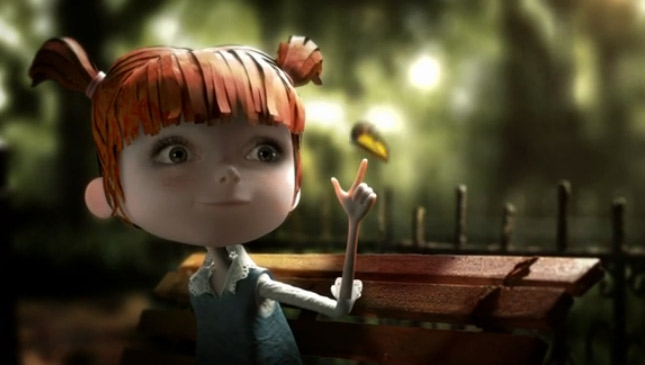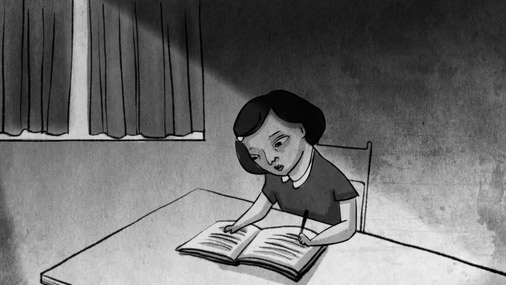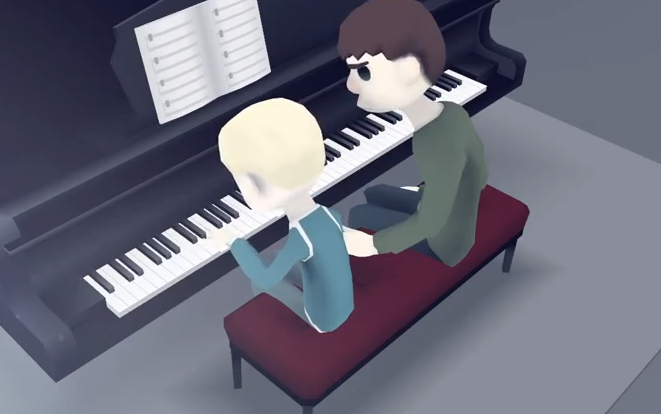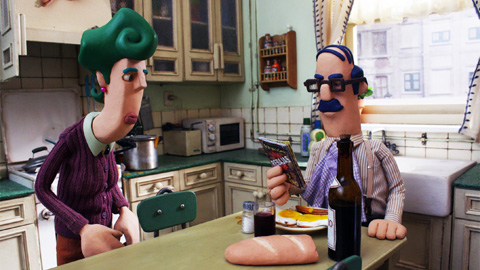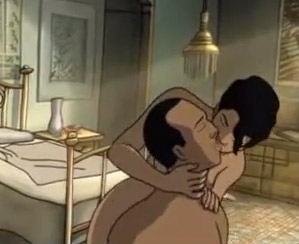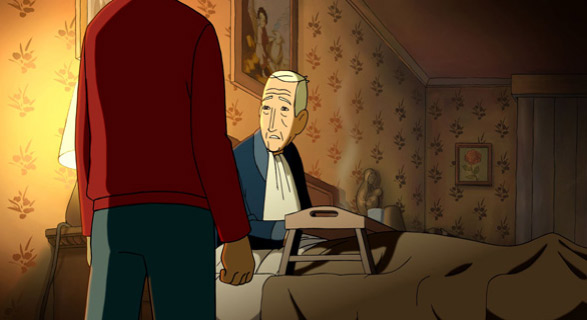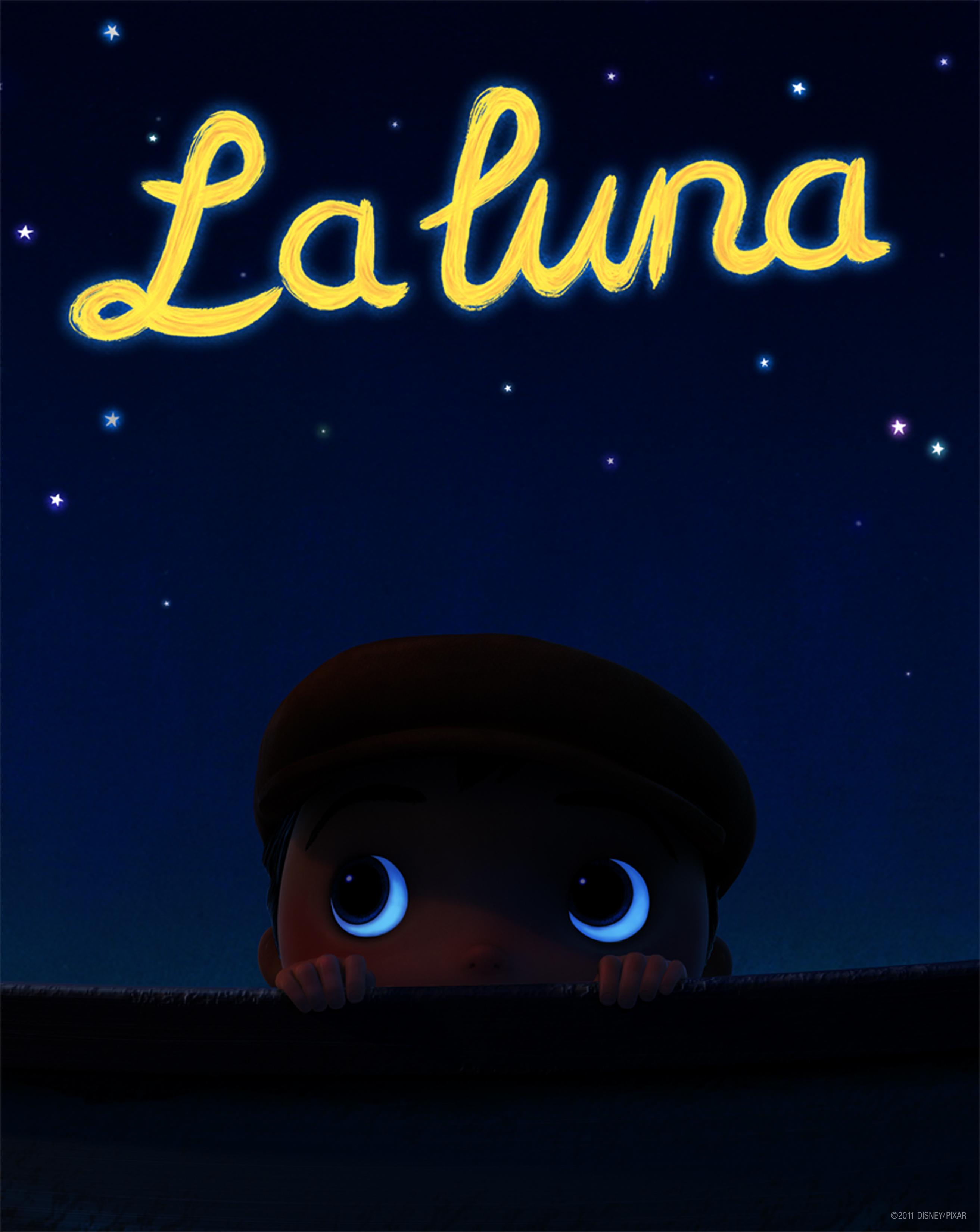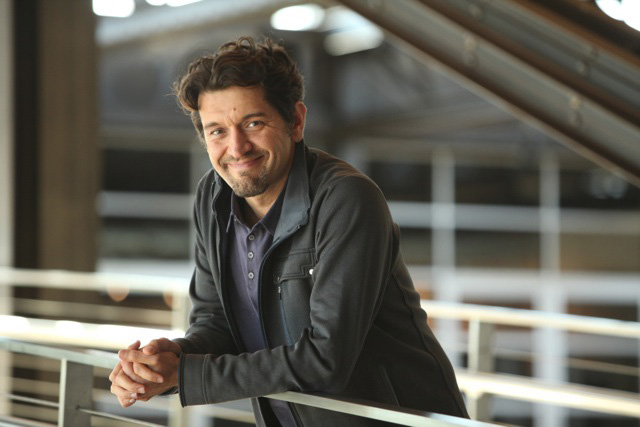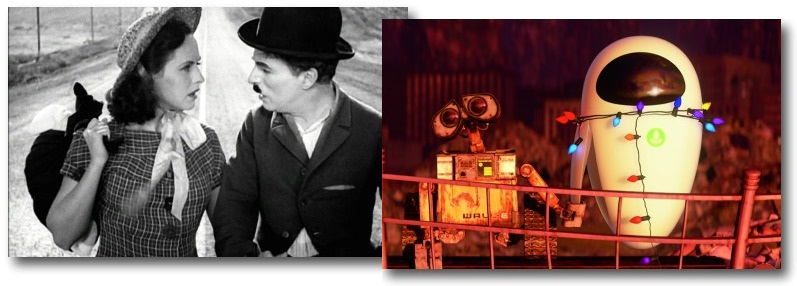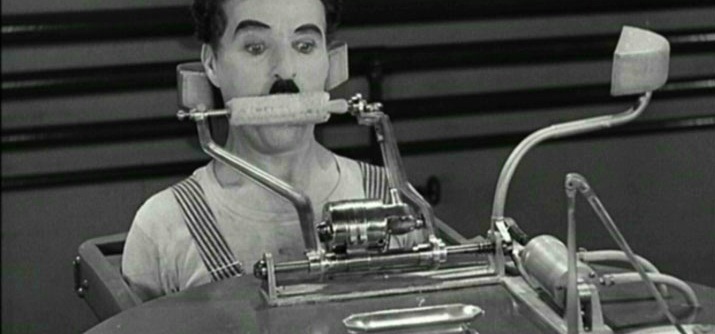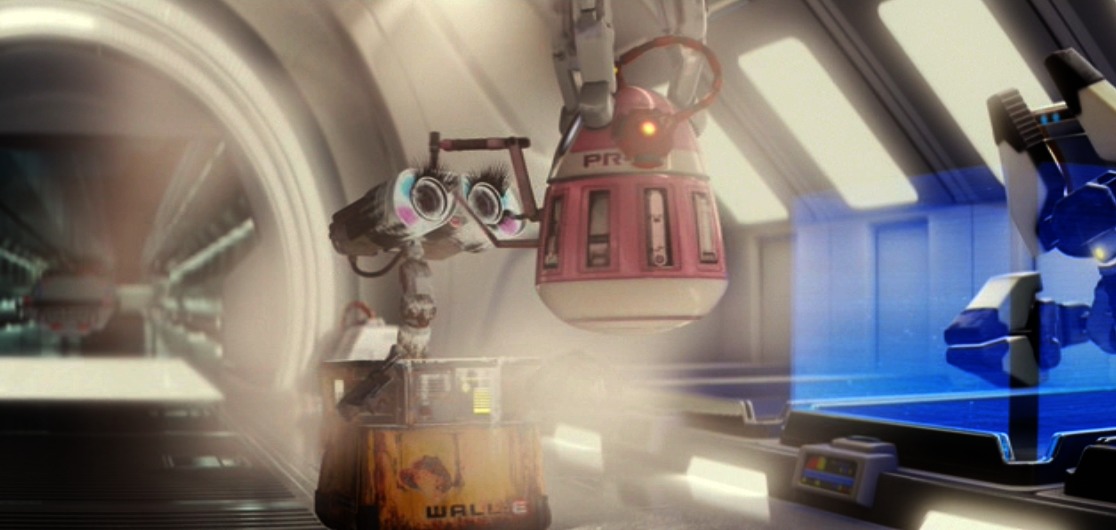Which Annie Nominee Has Your Vote For Animated Feature?
 Monday, December 5, 2011 at 3:35PM
Monday, December 5, 2011 at 3:35PM The New York Film Critics Circle recently opted out of honoring a best animated feature (and unless I'm mistaken it was an afterthought win for Rango at the NBR since it wasn't in the first wave of articles). Will awards bodies lose their keys to this category since realizing Cars 2 was a lemon? If you stop to think about it for more than two seconds it's decidedly ungenerous at best and horribly offensive at worst. It sheds an unflattering light on the initiable embrace of the animated ghetto categories, suggesting they were only created to honor Pixar to begin with. Which is... rather shameful if you ask me. If the only reason you created a category was to honor Pixar, you shouldn't have created a category. Nobody gives out prizes for "Best Paramount Pictures Release of the Year", you know? Nobody gives out prizes for "Best Weinstein Co. Release of The Year" ["The Academy does!" cried the anonymous heckler. *rimshot*]
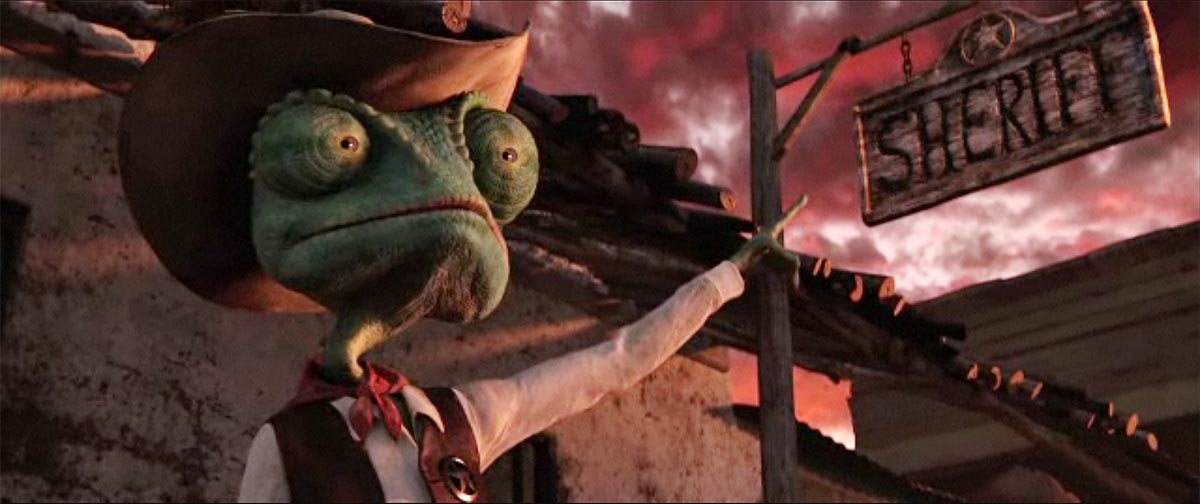 What? Rango wasn't good enough for a badge of honor?
What? Rango wasn't good enough for a badge of honor?
So, even if this wasn't the single greatest year for animated film, if you're going to honor the medium, honor the medium. If you change your rules every year who will respect you? (That's a general warning to wishy washy committees, The Golden Satellites, and to the Oscar board of directors themselves who are weirdly starting to act like all their imitators these past few years by second guessing themselves constantly).
But, since the Annie Awards have been honoring animated work for 38 years -- long before Oscar or the critics groups ever thought to honor it -- they'll continute to do just that. They've selected ten "Best Picture" nominees for their 39th annual awards. And even if they felt the need to include Cars 2 to get there, at least they didn't cancel their ceremony when they realized it wasn't revving anyone's engines. I promise to brake break with the car puns no. So sorry!
Annie Awards Best Animated Feature Nominees
- A Cat in Paris - Folimage
- The Adventures of Tintin - Amblin Entertainment, Wingnut Films and Kennedy/Marshall
- Arrugas (Wrinkles) - Perro Verde Films, SL
- Arthur Christmas - Sony Pictures Animation, Aardman Animation
- Cars 2 - Pixar
- Chico & Rita - Chico & Rita Distribution Limited
- Kung Fu Panda 2 - Dreamworks Animation
- Puss in Boost - Dreamworks Animation
- Rango - Paramount Pictures and Nickelodeon Movies present a Blind Wink/GK Films Production
- Rio - Blue Sky Studios
And even if he isn't nominated for an Oscar for Best Actor, Gary Oldman could still win an Annie Award. He's up for best voice acting as "Lord Shen" from Kung Fu Panda 2.
Find this... 'panda'... and bring him to me.
FIND this 'Panda'. And bring him to me.
FIND THIS PANDA AND BRING HIM TO ME!!!"
A complete list of their nominations is after the jump if you'd like to dig deeper. (I was sad that this year they didn't include the info as to which animated characters the individual animators are being honored for designing or animating. If I recall correctly they used to specify which characters, just as in the voice acting honors.)
 Annie,
Annie,  Cars,
Cars,  Disney,
Disney,  Gary Oldman,
Gary Oldman,  Oscars (11),
Oscars (11),  Pixar,
Pixar,  Rango,
Rango,  animated films
animated films 


